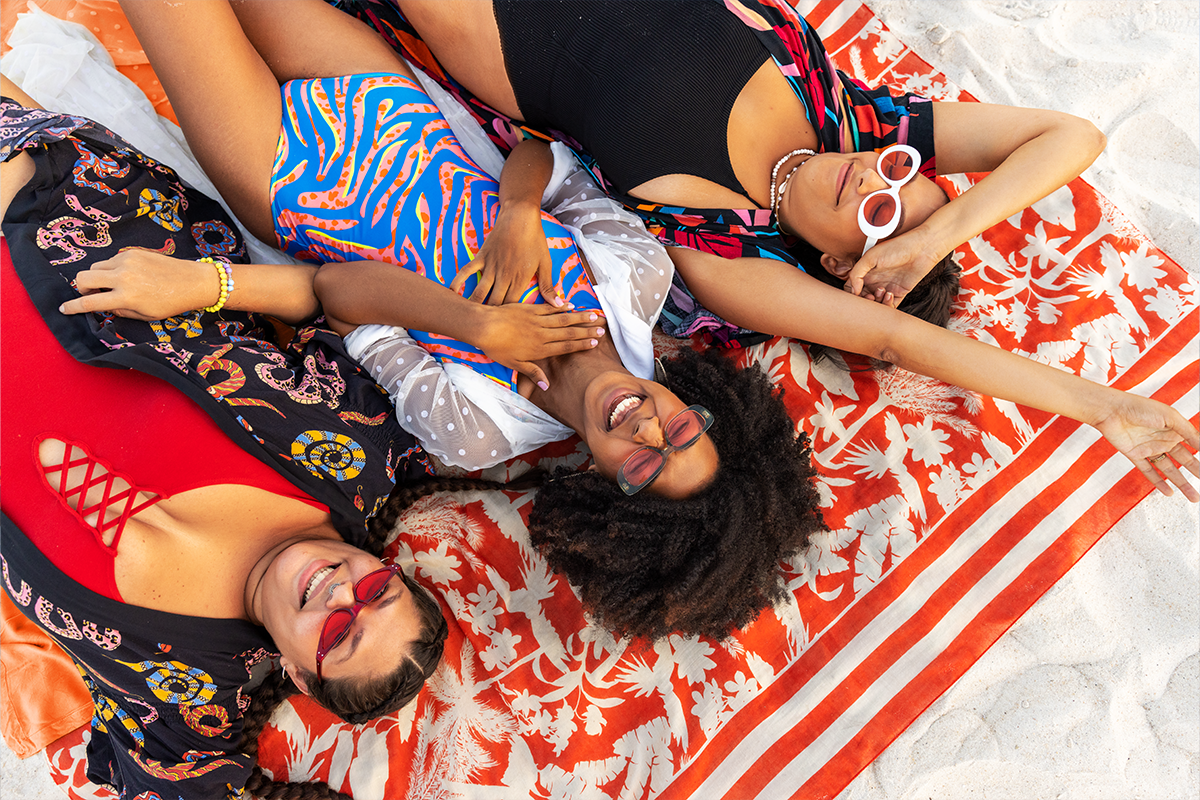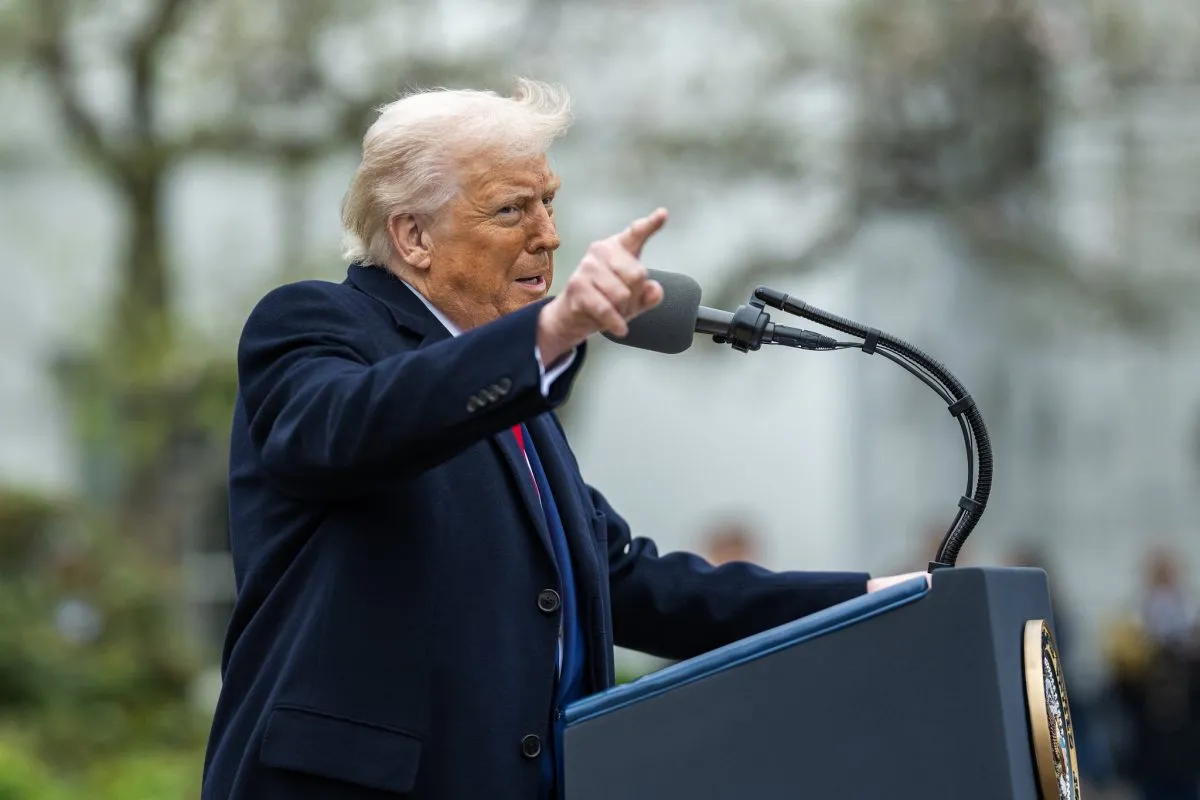New Research: Uncovering How Travelers Plan and Book Online

Skift Take
This sponsored content was created in collaboration with a Skift partner.
Inspiring travelers with the right message at the right time can feel like hitting a moving target, especially since the way people are inspired to plan, research, and book trips has changed in recent years, as has the content that influences their travel decisions.
To better understand these evolving travel preferences and behaviors, Expedia Group and Luth Research combined digital data in the 45 days before a trip booking with survey data asking consumers about their motivations and influences for recent trips.
The resulting Path to Purchase report highlights engagement opportunities throughout the shopping journey and drills down into regional insights focused on travelers in seven countries: Australia, Canada, France, Japan, Mexico, the UK, and the U.S.
“The digital landscape and travel industry are increasingly fragmented and the way people are inspired to plan, research, and book travel has evolved in recent years,” said Cheryl Miller, senior vice president and chief marketing officer at Expedia for Business. “Our new custom research explores the questions and opportunities within the travel path to purchase and provides actionable insights to help brands reach, inspire, engage, and convert travelers throughout their online shopping journey.”
Travel Content Consumption and the Purchase Journey
Across the seven countries, the report found the average traveler views 141 pages of travel content in the 45 days before booking — going all the way up to 277 pages for travelers in the U.S. In the early stages of planning, travelers average around 2.5 page views per day, but in the days prior to a booking, page views increase exponentially, with 25 page views on the day of purchase.
Meanwhile, the survey revealed that the average trip consideration window is 71 days, with 33 days in the inspiration phase and 38 days in the research and planning phase. The post-purchase window — the time between booking and taking the trip — is 73 days on average. The length of this window varies by country: For example, the window is only 45 days long in Japan, where travelers tend to take shorter trips, and 73 days long in France, but it goes all the way up to 99 days in the UK.
With the average path to purchase more than two months long, travel brands have numerous opportunities to influence traveler booking decisions throughout the shopping journey, from the initial spark of inspiration to the research and planning phase to the final point of purchase.
The Spark of Inspiration
According to the survey data, most travelers are indecisive about where they want to go, with 59 percent not having a specific destination in mind or considering multiple destinations. In fact, more than 80 percent of travelers from Mexico and 62 percent of travelers from the UK were undecided on their destination, indicating that these travelers may be even more open to destination inspiration.
The survey found that travelers rely on a mix of online and offline resources during this initial trip inspiration phase, including social media (71 percent), recommendations from friends, family, or co-workers (60 percent), travel blogs and online review sites (49 percent), destination websites (45 percent), and online travel agencies (35 percent).
“Throughout the path to purchase, travelers are consuming a large amount of content and information — 141 pages on average — from a myriad of online resources,” Miller said. “It’s important for travel brands to implement a multi-channel strategy and show up beyond their owned channels to stay top of mind and help influence traveler decisions, particularly early in the journey when they are open to inspiration.”
Narrowing Options: The Research and Planning Phase
During the research and planning phase, travelers gather information from a variety of resources so they can begin to make important decisions about their trip — including destination selection, travel dates, accommodations, transportation, and budgeting.
The survey revealed that among those using the top five resources for travel research, three-fourths of travelers used search engines, metasearch websites, and social media, followed by destination websites and online travel agencies (OTAs).
Travelers use OTAs to compare options, prices, and availability, and after visiting an OTA, most travelers (89 percent) visited another travel website, such as an airline, hotel, or metasearch site — which speaks to the importance of maintaining a brand presence across multiple channels.
When choosing where to book, 49 percent of travelers overall said getting the best price is an important factor — with even more travelers in Australia and Canada (57 percent) prioritizing price.
Booking the Trip
During the booking phase, travelers make the necessary reservations and arrangements for their journey based on research and planning. In the survey, 51 percent of travelers (69 percent in Japan) indicated that they booked on an OTA.
The survey also found that 78 percent of travelers had previously used the website they made their booking on, underscoring the significance of familiarity as a crucial factor in the booking process.
By the same token, loyalty has played an increasingly important role in travel shopping and booking decisions in recent years. Among travel rewards program members, 79 percent indicated it was important to book with a brand where they’re a loyalty member, and they’re not as concerned about price — 58 percent said they would be willing to pay more to book with a brand where they're a loyalty member.
“Whether through a social media post or an intriguing online promotion, travel inspiration can happen anytime and anywhere, but there are still many opportunities to influence traveler decisions through strategic content and an omnipresent approach,” Miller said. “Travel brands should lead with compelling and aspirational images supported by informative content or deals and incentives to engage travelers, and explore cross-channel and cross-platform strategies to leverage the power of strategic partnerships to extend their reach and presence.”
This content was created collaboratively by Expedia Group and Skift’s branded content studio, SkiftX.




